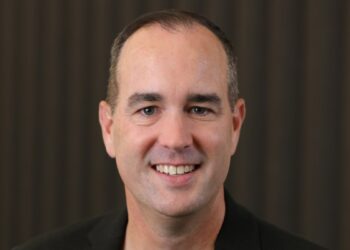With the transfer balance cap now in place, BT head of financial literacy and advocacy Bryan Ashenden says there will be differences in the way income from defined benefit pensions is assessed, depending on the source of the pension and whether it came from a taxed or untaxed source.
While most traditional defined benefit pensions won’t have a tax-free component, it may be necessary to consider the impact for clients that have market-linked income streams, he said.
Mr Ashenden said market-linked pensions – or in older terminology term allocated pensions (TAP) – may have been purchased a number of years ago with non-concessional or undeducted contributions as part of the purchase price.
He said many SMSF practitioners still don’t realise that the tax-free component is also assessed under the defined benefit cap and that it actually takes priority.
“If a client was to receive a payment of, say $200,000 from their TAP, and let’s just assume half or $100,000 of the payment represented a tax-free component, it wouldn’t be a surprise that many take the view that this client has no issue as you can ignore the tax-free component and then deal with what is left over, which in this case is $100,000 and it’s within the defined benefit income cap,” Mr Ashenden explained.
“Whilst understandable, this is wrong. In this example, the $100,000 of tax-free component completely exhausts the defined benefit income cap, meaning the remaining $100,000 taxable component is deemed to be excessive defined benefit income.”
Under the rules prior to 1 July 2017, if the client was over 60, the taxable component was tax free to the recipient, as they would have paid no tax on the taxed element of a super benefit.
“From 1 July 2017, however, 50 per cent of this excessive amount will now be taxed. The client would be taxed at their marginal rates on $50,000 of income,” Mr Ashenden said.


